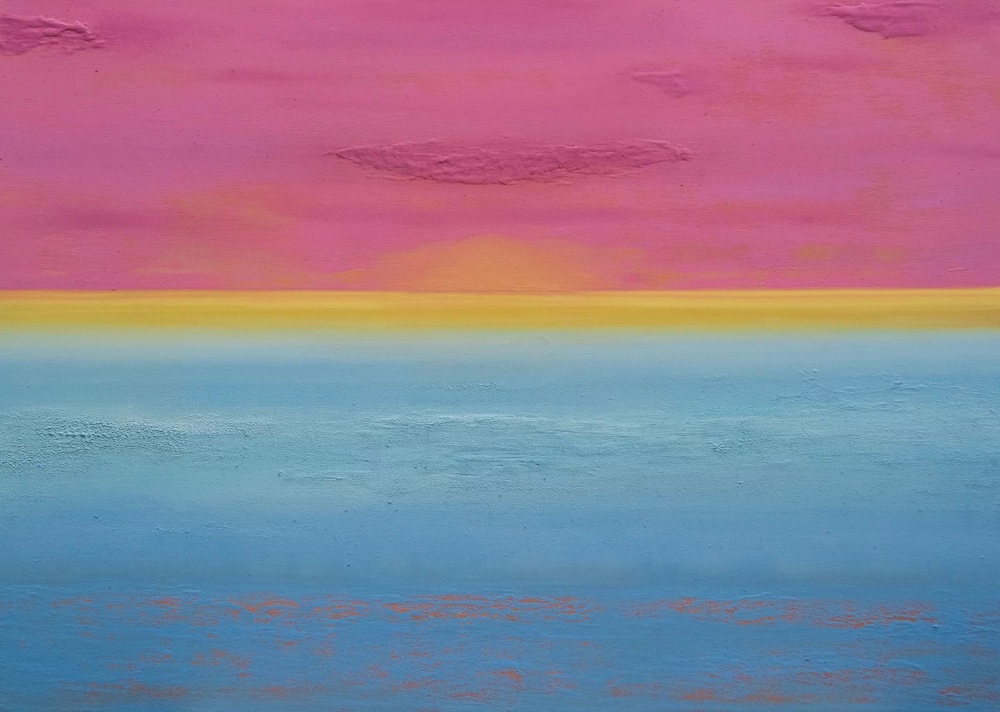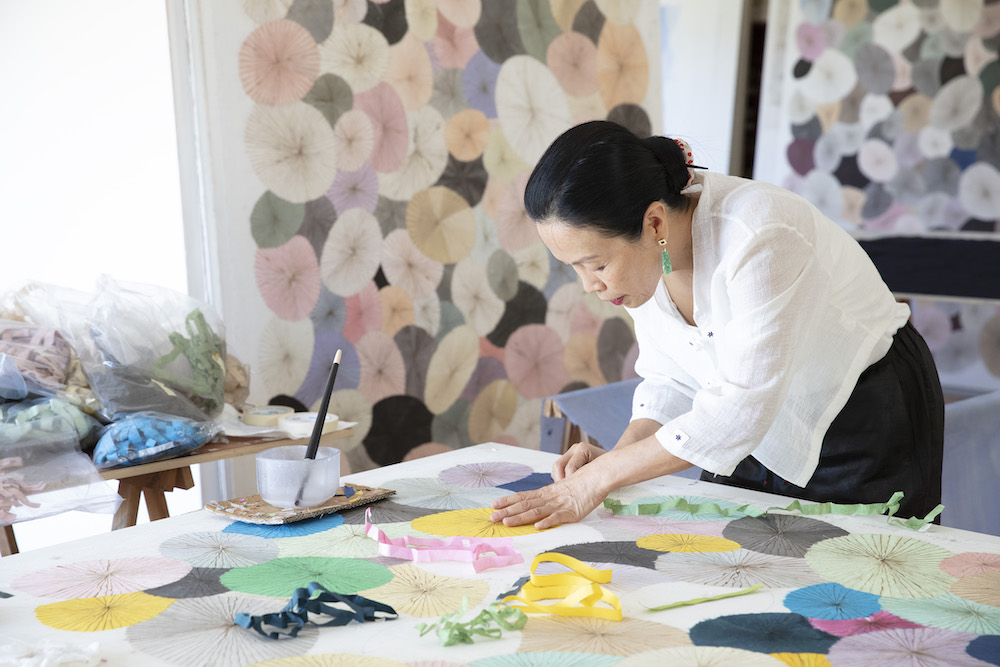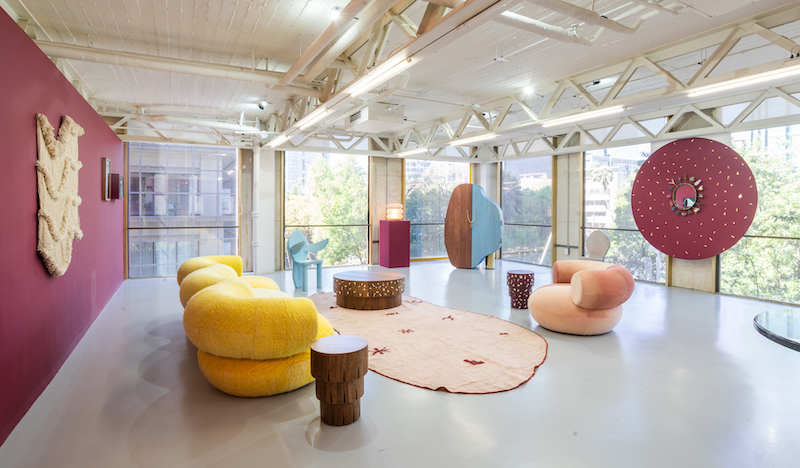Tatiana Bilbao is interested in the social production of space. A childhood in Mexico City influenced her relationship to public places— how they foster different activities, experiences, and purposes. And the catastrophic earthquake that ravaged Mexico City on September 19, 1985, changed the way she thought about social space forever. Although the epicenter of the earthquake occurred more than two hundred miles from the city’s center, it upended every corner, killing thousands of citizens and displacing hundreds of thousands. The damage forced despondent locals to abandon the city center.
A decade later while studying architecture at the Ibero-American University, Bilbao based her thesis project on the rehabilitation of Mexico City after the earthquake. “It focused on that because I wanted to regenerate the center,” she said. “I lived in Italy before school, and there was a way of thinking how to approach historical centers and bring back activities.” After graduating, Bilbao worked at a design firm and then as an advisor in the Ministry of Development and Housing of the Government of the Federal District of Mexico City. She prepared materials for conferences around the world. Her takeaway? The government wasn’t working for the people, as she once thought. “I was disappointed to realize that ministers don’t really work on behalf of the people. The people who do, they work privately and make proposals to the ministers,” she added. That informed her decision to start her own studio in 2004, responding directly to people’s needs. Her first project was a home for the artist Gabriel Orozco.
In the nearly two decades since, she has designed other residences, offices, and research centers, as well as the Culiacán Botanical Garden, the Pilgrimage Route in Jalisco, and more. With a keen focus on sustainable living, her approach is to design spaces that contribute to their surroundings rather than interfere with them. Materials like concrete, clay brick, and glass help reflect the surrounding nature, as well as cool a space’s interior with little electricity. For her buildings that mix urban surroundings with social values, she has been recognized with several awards, including the Kunstpreis Berlin in 2012, the Global Award for Sustainable Architecture Prize by the LOCUS Foundation in 2014, the Marcus Prize in 2019, and the Tau Sigma Delta Gold Medal in 2020.
Ahead of her firm’s 20th anniversary next year, Bilbao shared with Whitewall how she is embedding landscapes with social values, why she still sketches every single project by hand, and what she hopes her impact is.
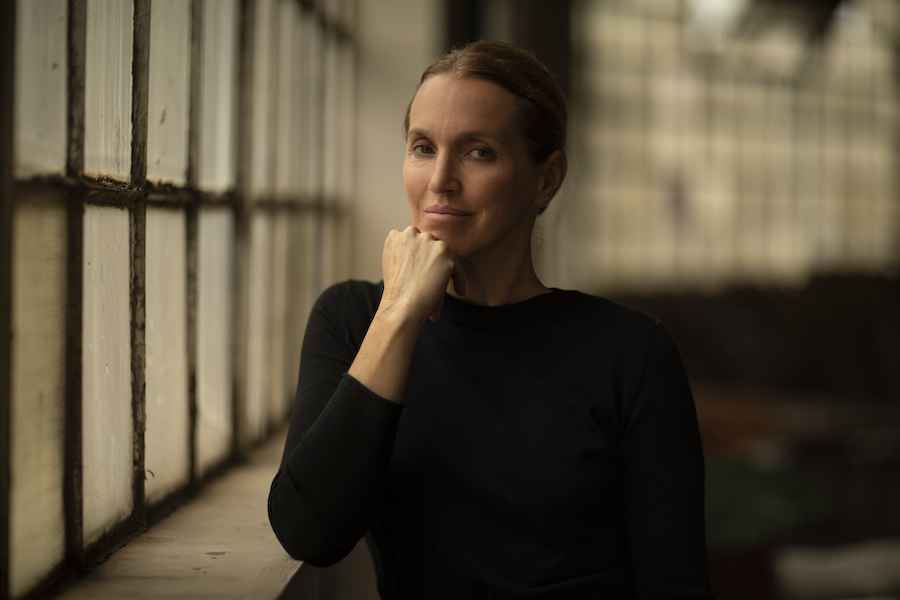
Tatiana Bilabo, portrait by Ana Hop.
WW: You work with a team of architects, academics, and model makers, yet you draw everything by hand and use physical models instead of digital renders. How does working with your hands, rather than relying on technology, impact your projects?
TATIANA BILBAO: It’s very pragmatic and simple. I learned architecture manually with my hands when Mexico started being global. When I was studying, I was up at three a.m. drawing and doing models, and my friends were in line to get a burger at the first McDonald’s in Mexico. That told me what moment we were in. We were on the verge of becoming a global player. In school, that was the case, too. All of us were learning how to trace on paper, create models, and oil paint. My friends were comfortable to design projects straight out of school, but I was insecure and didn’t know how to do anything like that. Little by little, I understood that it wasn’t that I didn’t learn anything, it was that I wasn’t comfortable in the way I was learning architecture. That’s when I started thinking that it wasn’t only about how you think of architecture; it’s how you represent it.
We as architects understand plans, sections, processes. Not everyone can imagine and understand that. So that was the restart of everything. I didn’t want to use an image that was that realistic ever again in the design process, at any point, because it killed it. It also let me follow my thoughts of representation—what representation does to the ways of living, and how everything was planned, and how important it is to be critical about it. It’s not just that you need to produce drawings and images, but what do drawings and images do to the production of space, and how problematic they are in many ways. They create subjectivity.
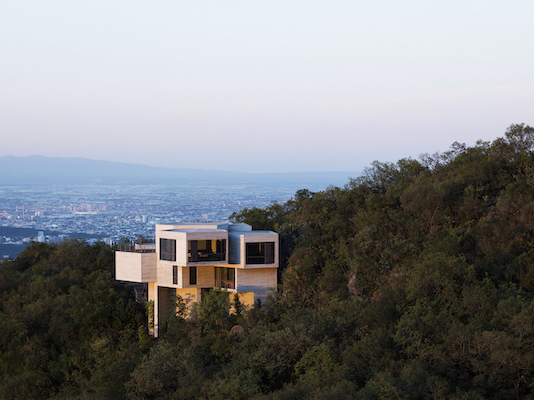
Photo of Ventura home by Rory Gardiner.
WW: You mentioned feeling insecure about your education, which is interesting because today you hold a recurring teaching position today at Yale University School of Architecture and have taught at other schools like Harvard University Graduate School of Design, The Architectural Association School of Architecture in London, the University of Andrés Bello in Chile, among others. What are you teaching your students?
TB: I had two very influential architecture professors, and my parents were both teachers. I think that me teaching also comes from there. All four of them—my professors and my parents—had very different ways of teaching, but they all believed knowledge was not given vertically. Knowledge is a production that is done horizontally. That is also how I do it. I start my class on the first day of school and tell my students, “Allow me to tell you that I am here because I want to learn. I come to learn, that’s why I teach.” If I don’t learn, they for sure won’t learn. I want it to be a collective learning experience. It puts me in a position of learning that otherwise I could not be exposed to. It’s a deeper reach.
I think it’s very important that students think and produce knowledge by themselves. How can I create a platform for that to happen? How can I create a prompt for every person, in their own way, to learn the most? Those are always my ideas. It needs to be a collective production of knowledge. We need to share what we know, our strengths and weaknesses, so we can really share all these things. The prompt is to teach them how to be critical of everything. I’m not there to tell them what ways of architecture are good or bad, or which ones are for them. I’m there to tell them to be critical. We’ve also for a long time been studying domesticity, because I think it’s the most basic unit, and architects should start with that.
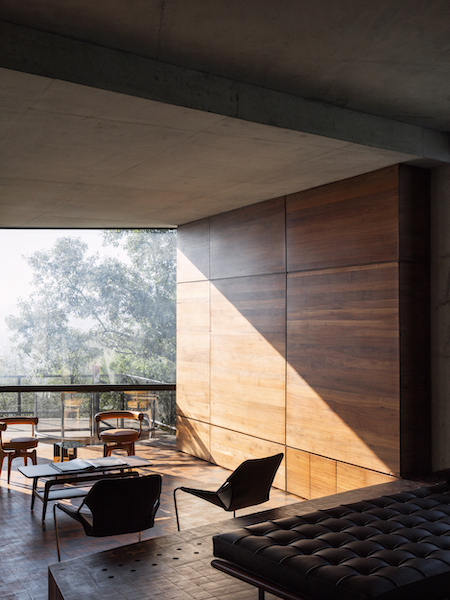
Photo of Ventura home by Rory Gardiner.
WW: How are you approaching your projects to consider the space they exist in?
TB: I believe profoundly that architecture needs to be an element that mediates ourselves and our own ecosystem. We need to be protected sometimes from our ecosystem or else we won’t survive. But I think architecture has become a limit between ourselves and our own ecosystem, and that’s one of the biggest problems we are facing today. We are getting less adapted to the ecosystem that we belong in. I have always thought of architecture as a thing that mediates, allowing us to be a part of the ecosystem by protecting us from different things we can’t be exposed to—like weather. The problem today is that we are at an extreme. Architecture is no longer protecting us; it’s preventing us from existing in our own ecosystem. We’ve invited all these technological devices in, to a point where we are in a space yet don’t feel the temperature, the changing of the light, and aren’t exposed to a single animal. That’s creating all sorts of other problems.
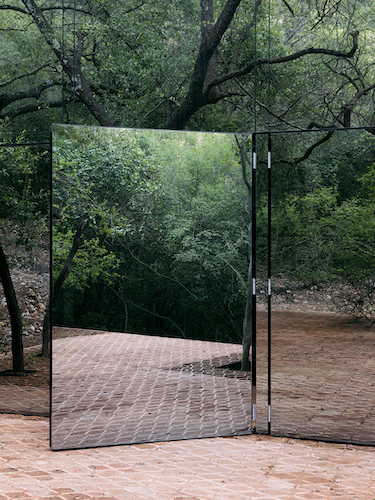
Photo of Los Terrenos home by Rory Gardiner.
WW: At the 2015 Chicago Architecture Biennial, you presented a social housing prototype made of concrete blocks and wooden pallets to address the urgent housing crisis in Mexico’s underserved areas. How is your firm approaching low-cost spaces with high-impact advantages today?
TB: Architecture is providing a basic need for humans. We cannot survive without that shelter that protects us in our own ecosystem, but we’ve also proved that we need space that inspires our lives—and that’s a necessity, too. That’s why in many democratic place and terms, such as in 1948 by the UN, it’s put that “housing is a human right.” We need it as a basic need to exist. The problem is that it has become a valuable asset, and an exchangeable asset. It left a long time ago the idea of “basics.” And architecture has become the service of that system—an asset and not a space for humans to protect and enhance their lives. I am on the other side. I’ve always thought that architecture is to protect and enhance one’s life. So how can we do that to allow the majority to have that? It needs to be affordable.
I have really progressed on that thought, and I don’t think it needs to be affordable and it cannot be an asset. It should be a right. That takes the conversation between affordable or not affordable to another level. We need to break from the notion of private property, but that’s very hard. We aren’t there as a society. But there are people creating cooperatives and challenging the notion of property, and there are governments going into rent-only. It’s about taking away the space as an asset, which is very difficult. I’ve been a tool of the perpetration of capitalism and the exploitation of others, and I no longer serve on projects that are like that. There should be more of us challenging that and understanding how to change it.
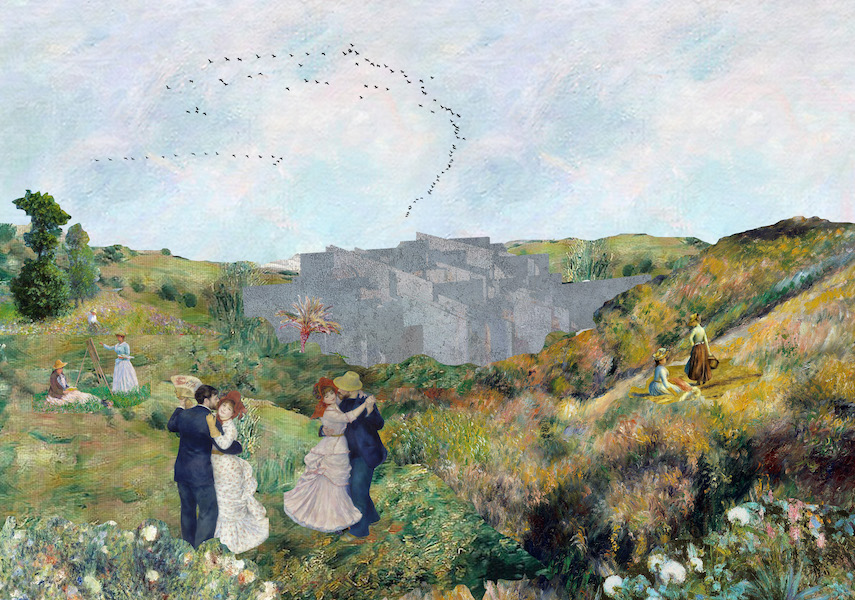
Courtesy of Tatiana Bilabo Estudio.
WW: Another topic that’s challenging and difficult to implement is sustainability, yet you’ve won awards for sustainable architecture. How are you considering it on a project-to-project basis in your practice?
TB: I don’t think it’s an objective to architecture. I think architecture needs to be responsible with its resources it uses for the sake of the future. For me, that’s the whole definition of sustainability, and that’s part of the definition of architecture. It needs to serve its purpose by using as little resources as possible. If you do a building that is carbon-zero, but it’s disconnected from the city and doesn’t serve the service of the people, is just an asset, or no one is using it, the waste and damage is way worse for the environment than if you just used concrete. It’s about seeing it as a whole.
For the botanical garden 17 years ago, for instance, I proposed concrete. The director was like, “A botanical garden with concrete buildings?” And I said, “Yes, we cannot do wood.” They said, “Why not?” and I said, “We don’t have wood around! We’d have to bring wood from Canada and that doesn’t make sense.” They said we could instead produce a lot of bamboo because it grows so fast. It sounds good, but here we are with a climate that goes from 50 to 60 degrees for two months to 30 degrees for the rest of the year. We cannot control the temperature with bamboo, where people will be working. You end up spending much more money, energy, and carbon footprint to create a building that must be thermic enough to hold the activities that it needs to create—but not only in the short term, in the long term even more. Yes, we will create carbon emissions by using concrete, but that allows us to use only that material, with glass, to create a structure that holds itself and is protective against the environment because it’s holding the temperature ten degrees less than what’s outside. That means that only a few days a year it will use air conditioning. It’s more of a holistic approach. It’s about growth in time and the understanding of the use of the buildings, how people interact with it, if it holds the activities it needs to, and if it creates the possibility of becoming a mediator. Sustainability is much more social and cultural than people think.
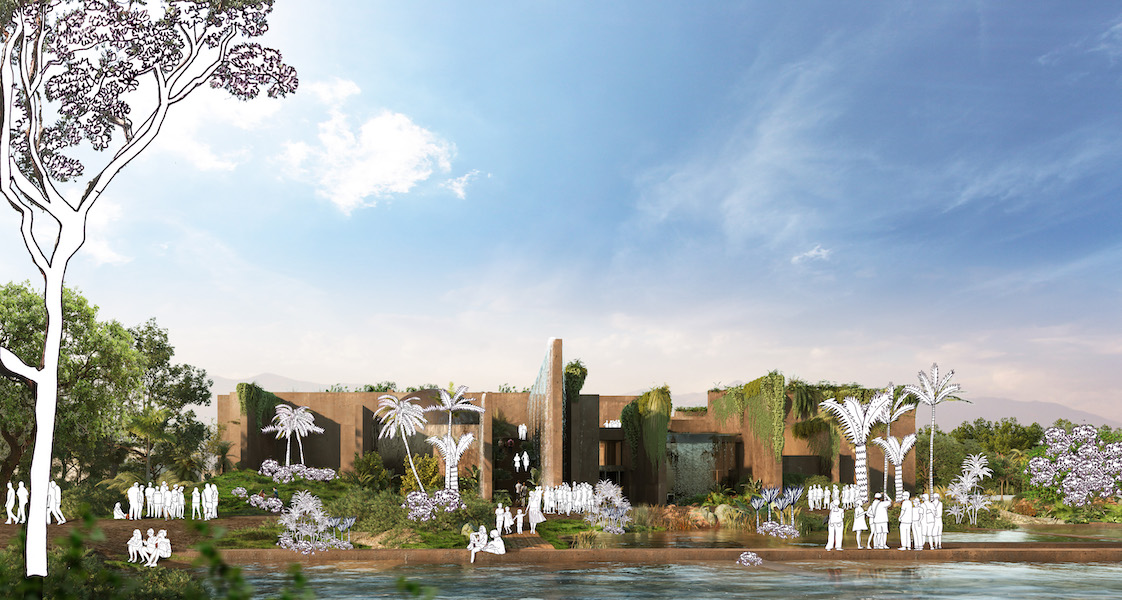
Courtesy of Tatiana Bilabo Estudio.
WW: How has being based in Mexico City impacted your architecture?
TB: It has shaped everything that I am. I grew up there; I studied there. It has shaped my entire life. But what it gave me was a very specific skill, which you can’t get elsewhere. I live in a place where nothing is solved. The system doesn’t really work, and I kind of think that’s a good thing. The law doesn’t apply. It’s a place where you have to create creative responses to your everyday life—and that’s a springboard for everything. Nothing is taken for granted.
You have to be creative to respond back to that context. In general, that’s what we face. And that’s a skill that the city, the country, gives you in many ways.
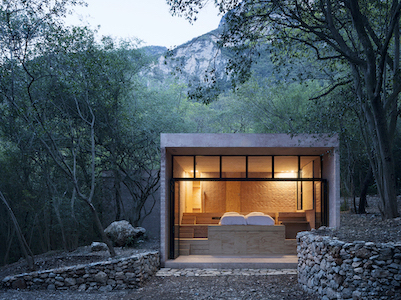
Photo of Los Terrenos home by Rory Gardiner.
WW: Is there a project you’re working on now that gives you hope?
TB: I’m working on a monastery in Germany. It’s not only a lifetime project, because we will likely be working forever, but it’s a life-changing project. It’s very important. It’s a Cistercian monastery from the order of Cistercians in Eastern Brandenburg, Germany. We’ve been working on it for six years. We’ve demolished what it was and found in the quarters that there was a secret residence, which also made the project super special. And now we’re ready to start construction at the end of this year.
They have a very prescriptive way of doing their monastery, which was developed in the 11th century, so there’s not much to invent. Working with these monks, who are beautiful people, has really transformed the way I see architecture. They don’t think rationally about anything. They just think about how it needs to hold bodies for them to exist. It’s as basic as that. That’s transformative.
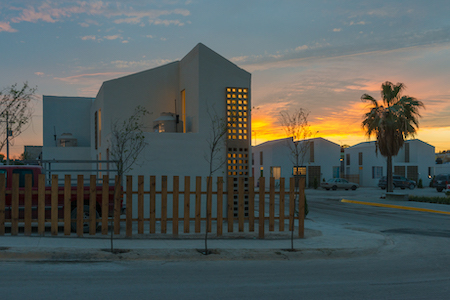
Acuña Sustainable Housing, courtesy of Tatiana Bilabo Estudio.




